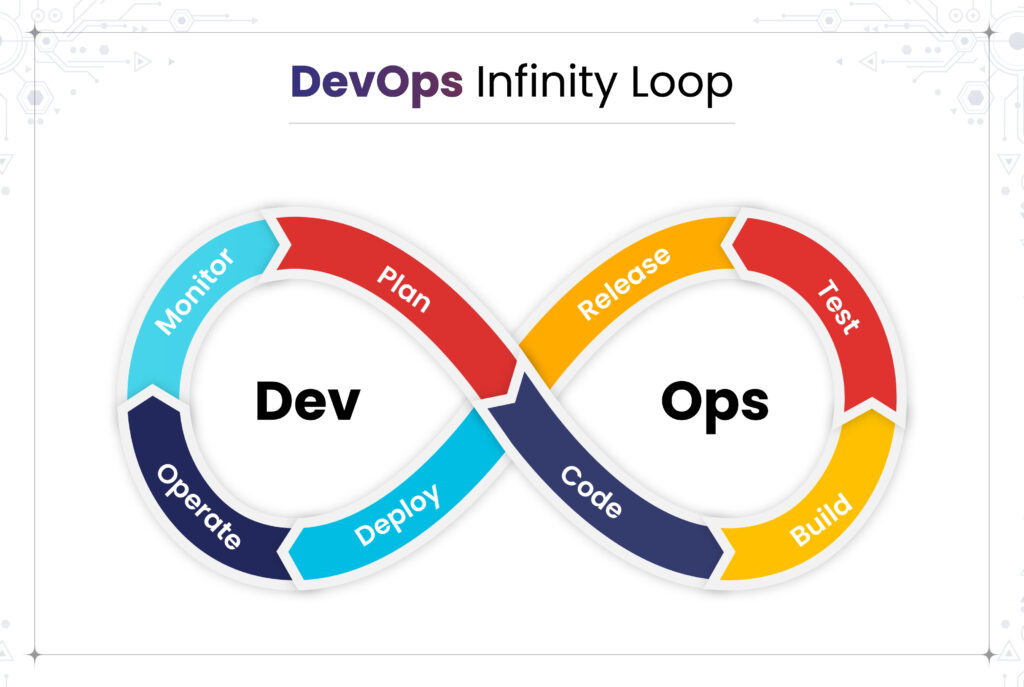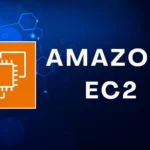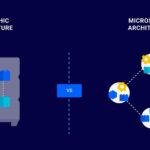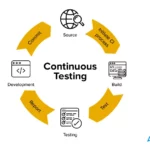
As DevOps practices continue to accelerate software delivery, security must keep pace without becoming a bottleneck. Traditional security approaches often introduce delays, making it difficult for teams to meet fast deployment cycles. This is where security automation comes in. By integrating security into the DevOps pipeline—often referred to as DevSecOps—organizations can identify vulnerabilities early, enforce compliance, and protect applications without slowing down development. Security automation enables continuous threat detection, faster incident response, and a proactive approach to risk management, making it a crucial component of modern DevOps strategies.
Why Automate Security in DevOps?
DevOps thrives on speed, but manual security processes struggle to keep up with rapid software releases. Automating security eliminates human error, ensures consistency, and provides real-time protection. With cyber threats evolving constantly, relying on periodic security checks is no longer sufficient. Automated security tools allow organizations to integrate security testing directly into the CI/CD pipeline, ensuring that every code commit is scanned for vulnerabilities before deployment.
Additionally, security automation helps enforce compliance with industry regulations such as GDPR, HIPAA, and SOC 2. By implementing automated security policies, organizations can continuously monitor adherence to security standards without the need for time-consuming manual audits.
Key Security Automation Tools for DevOps
1. Static Application Security Testing (SAST) Tools
SAST tools analyze source code for vulnerabilities before execution, enabling developers to fix security flaws early in the development process. Tools like SonarQube, Checkmarx, and Fortify scan code for issues such as SQL injection, cross-site scripting (XSS), and insecure dependencies.
2. Dynamic Application Security Testing (DAST) Tools
Unlike SAST, which examines static code, DAST tools analyze running applications to detect vulnerabilities in real-world conditions. Tools like OWASP ZAP and Burp Suite simulate attacks, helping developers identify weaknesses before they reach production.
3. Infrastructure as Code (IaC) Security Tools
With the rise of cloud-native applications, securing infrastructure configurations is essential. IaC security tools like Terraform Sentinel, Checkov, and AWS Config analyze infrastructure scripts for misconfigurations that could lead to security breaches.
4. Container and Kubernetes Security Tools
Containers are widely used in DevOps, but they introduce unique security challenges. Tools like Aqua Security, Sysdig Secure, and Falco provide runtime protection for containers, detecting threats in Kubernetes environments and enforcing security policies.
5. Automated Secrets Management
Hardcoded credentials and API keys pose a serious security risk. Tools like HashiCorp Vault, AWS Secrets Manager, and CyberArk automate the secure storage and retrieval of secrets, reducing the risk of unauthorized access.
6. Security Orchestration, Automation, and Response (SOAR) Tools
For effective incident response, SOAR tools like Splunk SOAR and Palo Alto Cortex XSOAR automate threat detection, investigation, and remediation. By integrating with other security tools, SOAR platforms enable teams to respond to incidents in real-time.
Best Practices for Security Automation in DevOps
Shift Security Left
Security should not be an afterthought. The earlier vulnerabilities are identified, the easier they are to fix. By integrating security checks into the development phase, teams can prevent security flaws from propagating to production.
Embed Security into CI/CD Pipelines
Security automation works best when embedded into continuous integration and deployment workflows. Automated scanning tools should be triggered at every stage of the CI/CD pipeline to catch vulnerabilities before they reach production.
Adopt a Zero Trust Approach
With modern applications spanning multiple environments, a Zero Trust security model is essential. This means verifying every request, enforcing least-privilege access, and continuously monitoring activity to prevent unauthorized access.
Implement Continuous Monitoring and Logging
Real-time security monitoring is crucial to detect and mitigate threats quickly. Centralized logging solutions like ELK Stack, Splunk, and AWS CloudTrail help DevOps teams gain visibility into security events and respond proactively.
Automate Compliance and Governance
Regulatory compliance can be complex, but automation simplifies it. Security frameworks like CIS Benchmarks, NIST, and ISO 27001 can be enforced automatically using compliance-as-code tools to ensure all deployments meet security standards.
Conclusion: Strengthening DevOps with Security Automation
Security automation is no longer optional in DevOps—it is a necessity. By integrating automated security tools and best practices, organizations can achieve faster, safer, and more resilient software delivery. The goal is to make security seamless, allowing development teams to focus on innovation while ensuring applications remain protected from emerging threats. As DevSecOps continues to evolve, embracing security automation will be the key to maintaining a robust and proactive security posture in today’s dynamic IT landscape.
Follow us for more Updates












